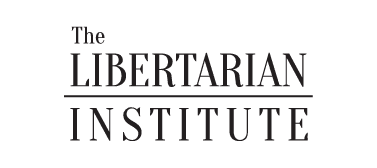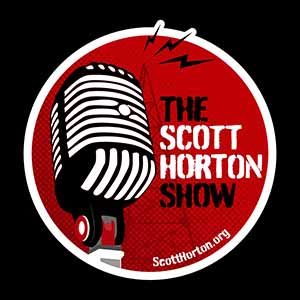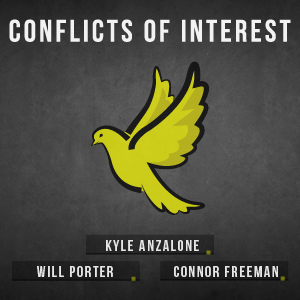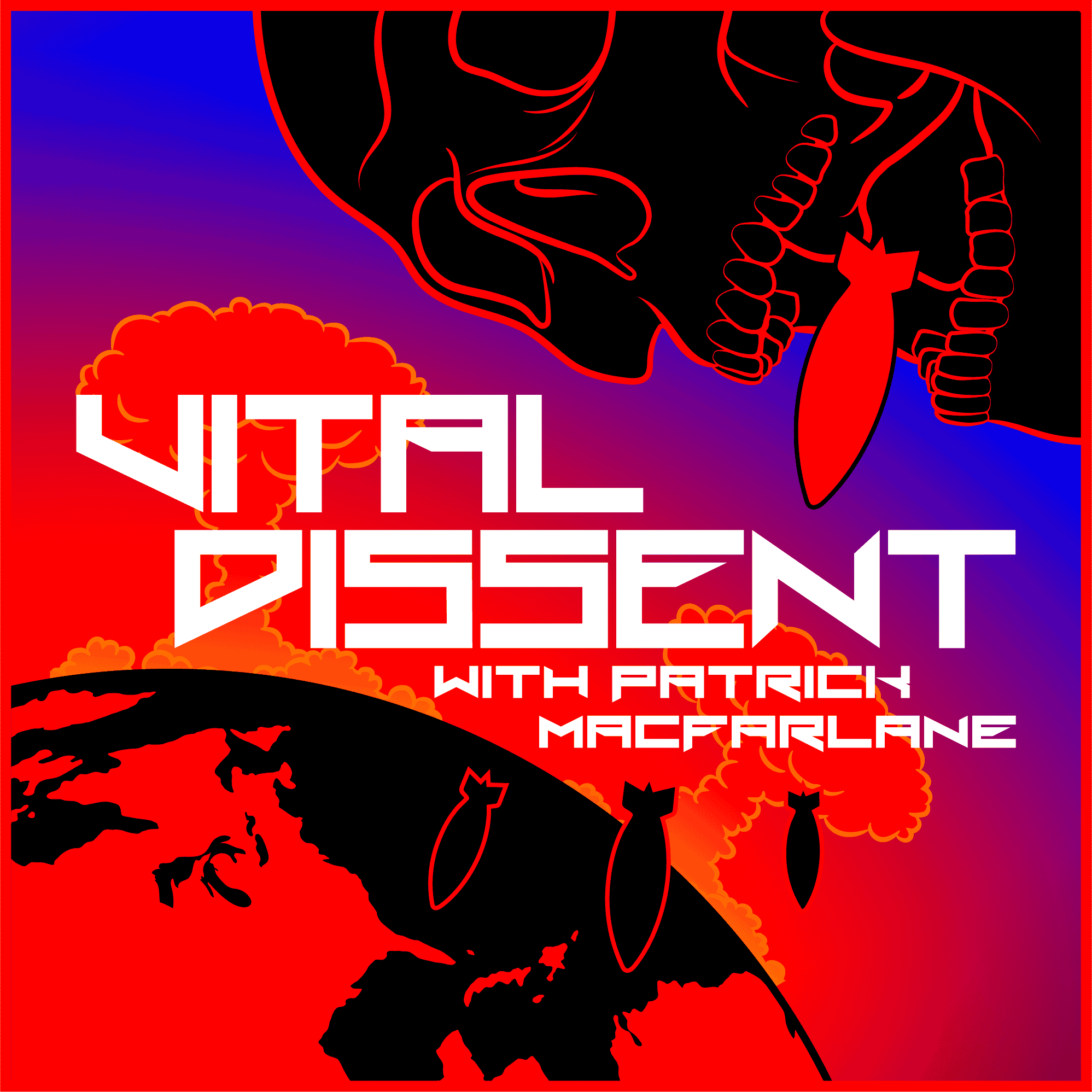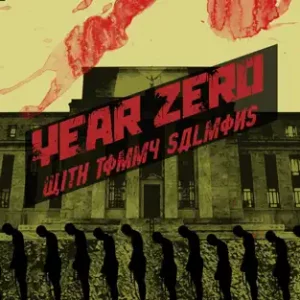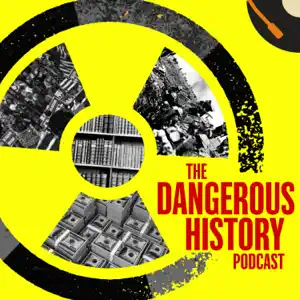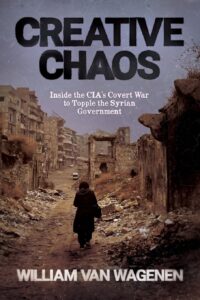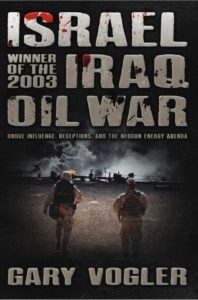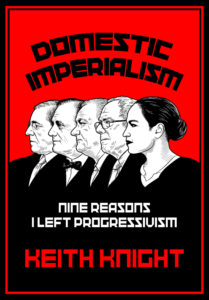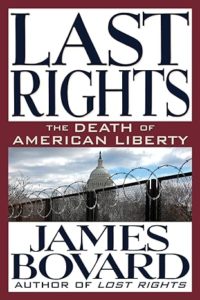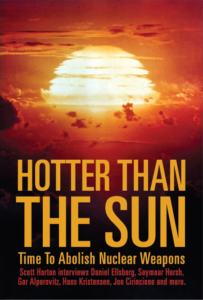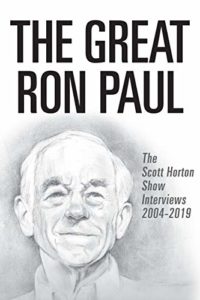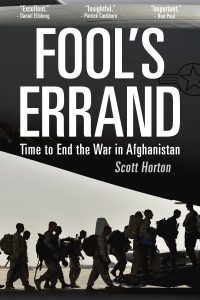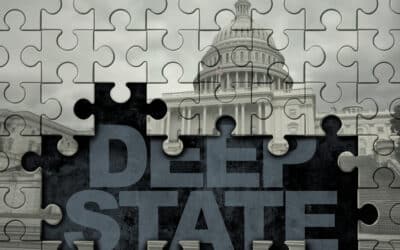In the 1980s, peanut allergies were almost entirely unheard-of. Today, the United States has one of the highest peanut-allergy rates in the world. Disturbingly, this epidemic was precipitated by institutions that exist to promote public health. The story of their malpractice illuminates the fallibility of respected institutions, and confirms that public health’s destructive performance during the Covid-19 pandemic wasn’t an isolated anomaly.
The roots of this particular example of expert-inflicted mass suffering can be found in the early 1990s, when the existence of peanut allergies—still a very rare and mostly low-risk phenomenon at the time—first came to public notice. Their entry into public consciousness began with studies published by medical researchers. By the mid-1990s, however, major media outlets were running attention-grabbing stories of hospitalized children and terrified parents. The Great Parental Peanut Panic was on.
As fear and dread mounted, the American Academy of Pediatrics (AAP), a professional association of tens of thousands of US pediatricians, felt compelled to tell parents how to prevent their children from becoming the latest victims. “There was just one problem: They didn’t know what precautions, if any, parents should take,” wrote then-Johns Hopkins surgeon and now-FDA Commissioner Marty Makary in his 2024 book, Blind Spots: When Medicine Gets It Wrong, and What It Means for Our Health.
Ignorance proved no obstacle. Lacking humility and seeking to bolster its reputation as an authoritative organization, the AAP in 2000 handed down definitive instructions: Parents should avoid feeding any peanut product to children under three years old who were believed to have a high risk of developing a peanut allergy; pregnant and lactating mothers were likewise cautioned against consuming peanuts.
The AAP noted that “the ability to determine which infants are at high risk is imperfect.” Indeed, simply having a relative with any kind of allergy could land a child or mother in the “high risk” category. Believing they were erring on the side of caution, pediatricians across the country started giving blanket instructions that children shouldn’t be fed any peanut food until age three; pregnant and breastfeeding mothers were told to steer clear too.
What was the basis of the AAP’s pronouncement? The organization was simply parroting guidance that the United Kingdom Department of Health had put forth in 1998. Makary scoured that guidance for a scientific rationale, and found a declaration that mothers who eat peanuts were more likely to have children with allergies, with the claim attributed to a 1996 study.
When he checked the study, however, he was shocked to find the data demonstrated no such correlation. The study’s author, Irish pediatric professor Jonathan Hourihane, was himself shocked to see his study used to justify the policy. “It’s ridiculous,” he told Makary. “It’s not what I wanted people to believe.”
Despite the policy’s lack of scientific foundation, the US government’s National Institute of Allergy and Infectious Diseases (NIAID) fully endorsed the AAP guidance. In time, it would be all too apparent that—as with public health’s later response to COVID-19—the experts weren’t erring on the side of caution, they were erring on the side of catastrophe.
It didn’t take long. By 2003, a study found that the rate of peanut allergies being self-reported by U.S. children and their parents had doubled from 1998 levels. Critically, it wasn’t only the frequency that was soaring, but also the severity. “We saw a new type of allergy, which is the severe anaphylactic reaction, the ultra-allergy where, if someone used the same ice cream scooper…even though they rinsed it, that kid could end up in the emergency room,” Makary explained in a September podcast appearance.
All along, the right thing to do was the opposite of what the AAP and NIAID had instructed: The best means of avoiding peanut allergies wasn’t to shield young children from peanuts, but rather to intentionally feed them peanuts. That was consistent with established principles of immunological tolerance—specifically, the knowledge that early-life contact with various substances can promote tolerance of would-be allergens.
Rather than decreasing peanut allergies, AAP and NIAID created an all-out epidemic, and then prolonged it by resisting the stark reality of what they’d done. Instead of re-examining the rationale for the peanut-avoidance instruction, the public health establishment only became more emphatic in pushing its bad medicine, assuming noncompliant parents must be to blame. In reality, as the allergy rate soared, parents were growing even more dedicated to keeping children away from peanuts. The vicious circle of the growing epidemic prompting even more peanut avoidance brought disaster, with ER trips for peanut allergy attacks tripling from 2005 to 2014.
